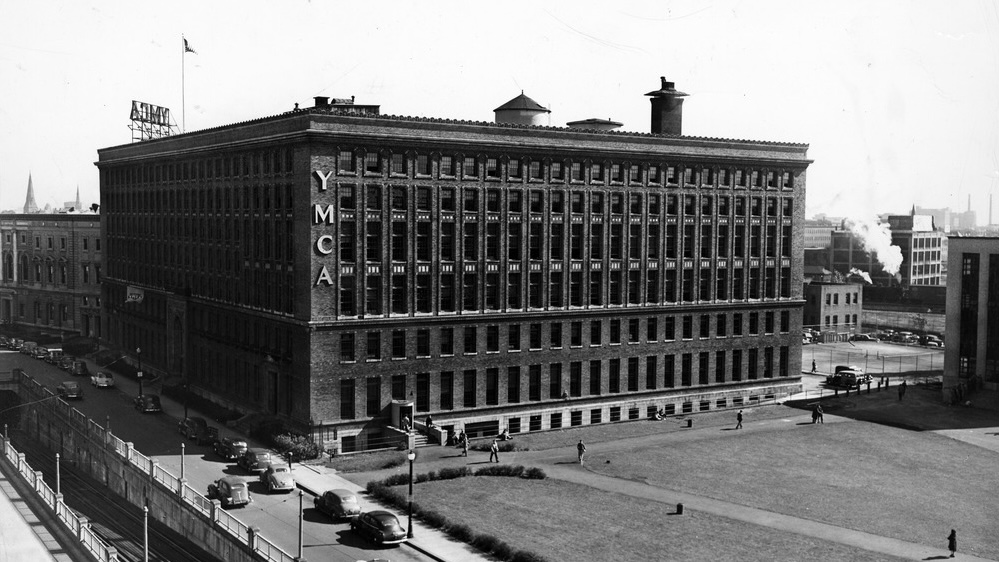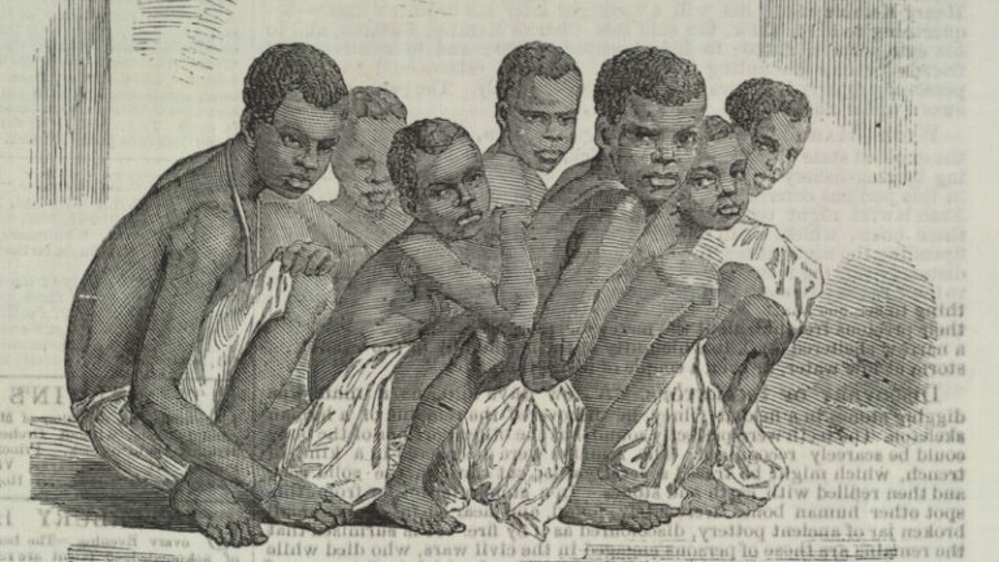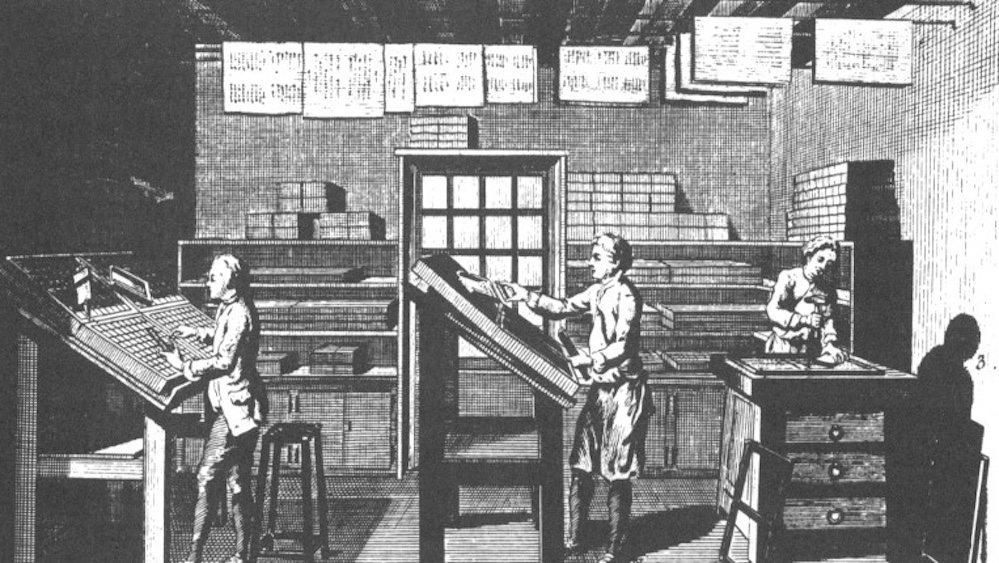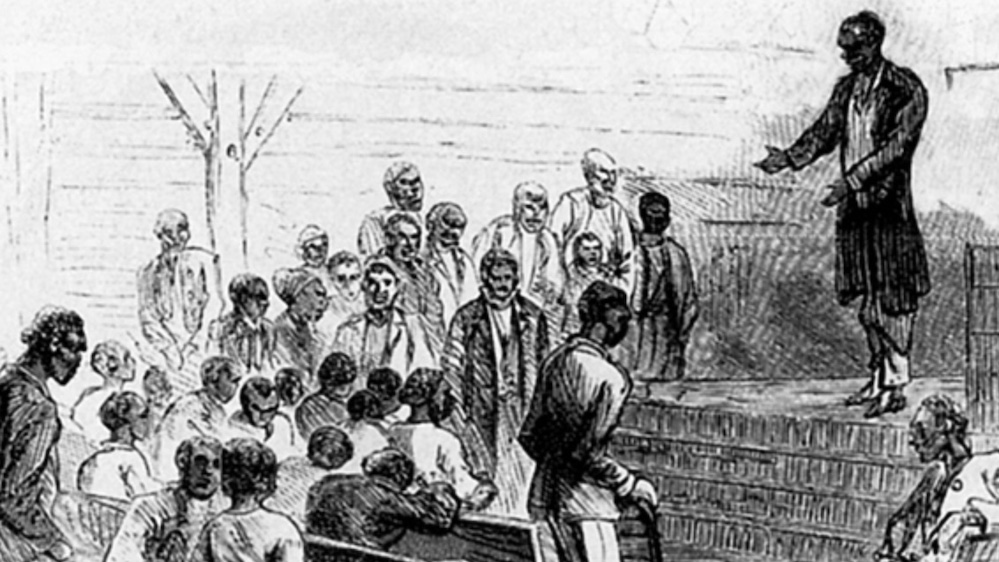About
Welcome to the Early Black Boston Digital Almanac (EBBDA), a site dedicated to highlighting the various movements, locations, art, and rhetoric of Black figures and coalitions that shaped Boston's history, and thusly, its present. This site encourages its users to learn more about Black communities in Boston’s early history through digital exhibits using multi-media and archival material. The current exhibits have been created and curated by Northeastern University undergraduate and graduate students.
This site aims to bring attention to the places, people, and movements that are rarely mentioned in most narrative histories of early Boston but have nonetheless immeasurably impacted the city's formation. Please use this site as one way to engage with the larger social impact that Black individuals have had, and continue to have, on "The City on a Hill," and learn how their legacies are preserved in various locations around the city today. We are hopeful that by creating this site, we can contribute to the myriad and ongoing conversations about how and why Black culture should be valued when examining Boston’s early history.
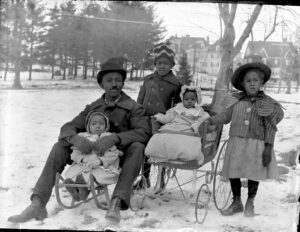
Worchester Art Museum, Rediscovering an American Community of Color: The Photographs of William Bullard, 1897-1917, Photograph.
Why an Almanac?
The Early Black Boston Digital Almanac is a collection of digital exhibits, as well as exciting and edifying material about the vibrant Black communities of Boston during the 18th and 19th centuries.
Inspired by Benjamin Banneker’s almanacs published between 1792-1796 and Benjamin Franklin’s “Poor Richard’s Almanack,” published between 1732 and 1758, which contained stories, poems, sayings, and serialized stories, in addition to calendars, maps, and data about astronomy, astrology, and the weather, the EBBDA aspires to be similarly inclusive in terms of its material and exhibits. Unlike its inspiration, however, EBBDA is completely open-access. The exhibits and data it contains are created by scholars, students, and interested members of the public and submitted to an editorial collective before publication.
This collection of digital exhibits aims to communicate a more dynamic portrait of 18th and 19th century Black Boston in order to facilitate enhanced feelings of community in the city by providing a more inclusive story of Early Boston by highlighting its diversity throughout history. And finally, we hope to offer more opportunities to pursue and illuminate various connections between the 18/19c century and the 21st.
-
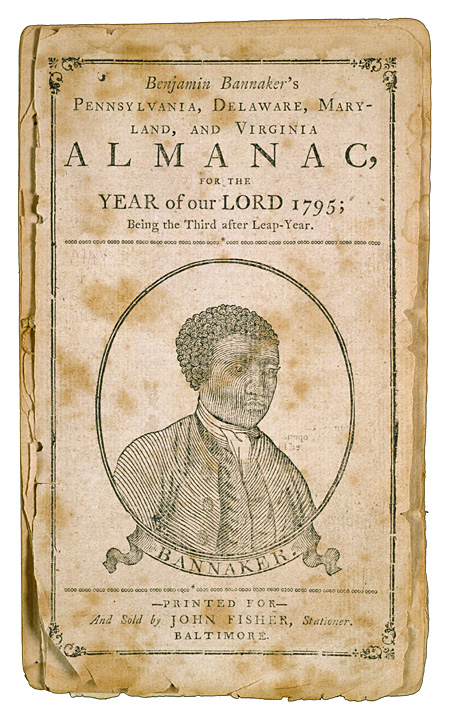
Banneker, Benjamin. Benjamin Banneker's Pennsylvania, Delaware, Maryland, and Virginia Almanac for the Year of our Lord 1795; Being the Third after Leap-Year, Maryland Historical Society, 1795, Almanac.
-
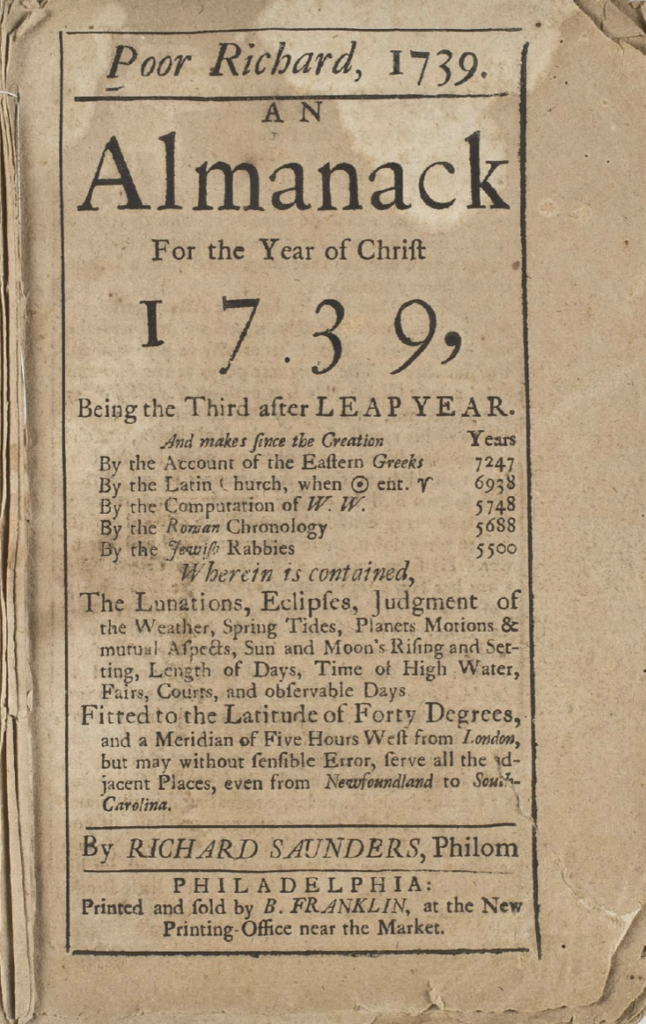
Franklin, Benjamin, Poor Richard, 1739 An Almanack for the Year of Christ 1739, The News Media and the Making of America, 1730-1865, Almanac.
We are located at Northeastern University, with connections to the Department of English, the Department of History, the Africana Studies Program, as well as the NULab for Humanities and Computational Social Science and the Digital Scholarship Group in Snell Library.
Contact us: EarlyBlackBostonDigitalAlmanac@gmail.com

